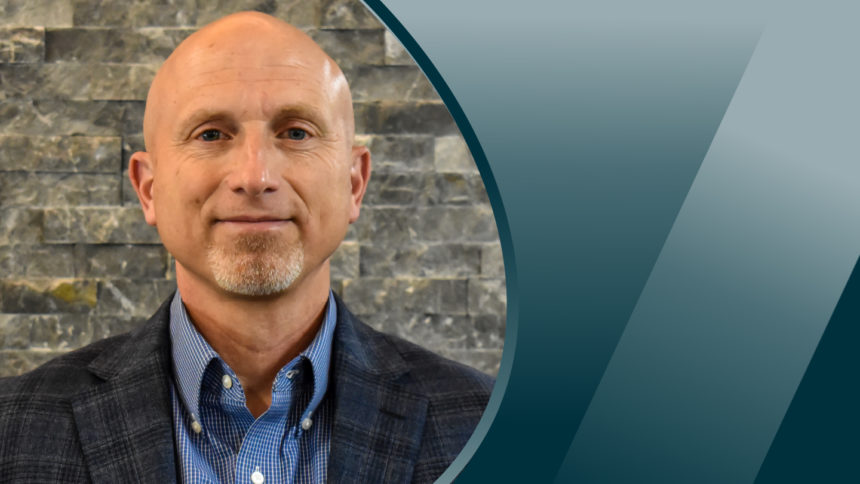
Have you ever watched or listened to an interview where the person being interviewed consistently dodges the questions and responds with something completely unrelated or that doesn’t really answer the question? It drives me crazy!
As we enter another presidential election cycle the airwaves have been and will be filled with these types of scenarios, the main reason I avoid the primary “debates.” They aren’t debates.
These debacles are mostly sound bites and vitriol. Frequently, answers given bear little resemblance to the questions and I am left, as we say it here in the South, “bumfuzzled.” I’m frustrated by the penchant for a lack of integrity, honesty and truthfulness when it comes to this kind of public discourse. I’ll step down from my soapbox now.
The resident interviews in the MDS, however, should not take on this flavor. Getting the residents’ honest voice in their responses is the clear goal throughout the RAI Manual and conditions of participation.
We are all familiar with the scripted interviews in sections C, D, F and J. The entire MDS should be viewed as one long interview, in my opinion. The RAI Manual Appendix D, “Interviewing to Increase Resident Voice in MDS Assessments,” and Appendix PP of the SOM are helpful in this regard.
However, as we gear up for implementation of MDS 3.0 v1.18.11 on October 1, it occurs to me that there is a new set of interviews coming our way. Consider the items that have been added for the SPADE category, “Social Determinants of Health (SDOH).”
Formally, the Centers for Medicare & Medicaid Services does not call them that, but just read the text of the draft RAI Manual and you will discover that that is exactly what they are. I hope you’ve noticed this as you have been preparing. Here is a sampling of the RAI instruction.
Ethnicity and Race
Ask the resident to select the category or categories that most closely correspond to their ethnicity and race from the lists provided in A1005 and A1010
A1005: Are you of Hispanic, Latino/a, or Spanish origin?
A1010: What is your race?
If the resident declines to respond, do not code based on other resources (family, significant other, or guardian/legally authorized representative or medical records).
Language
Ask for the resident’s preferred language.
Ask the resident if they need or want an interpreter to communicate with a doctor or health care staff.
A1110A: What is your preferred language?
A1110B: Do you need or want an interpreter to communicate with a doctor or health care staff?
Only if the resident — even with the assistance of an interpreter — is unable to respond, a family member, significant other, and/or guardian/legally authorized representative should be asked.
Transportation
Ask the resident:
A1250A: “In the past six months to a year, has lack of transportation kept you from medical appointments or from getting your medications?”
A1250B: “In the past six months to a year, has lack of transportation kept you from non-medical meetings, appointments, work, or from getting things that you need?”
If the resident declines to respond, do not code based on other resources (family, significant other, or legally authorized representative or medical records).
Health Literacy
This item is intended to be a resident self-report item. No other source should be used to identify the response.
Ask the resident:
B1300: “How often do you need to have someone help you when you read instructions, pamphlets, or other written material from your doctor or pharmacy?”
Social Isolation
This item is intended to be a resident self-report item. No other source should be used to identify the response.
Ask the resident:
D0700: “How often do you feel lonely or isolated from those around you?”
Did you notice? Every one of these new items begins with the instruction, “Ask the resident.” These items are intended to be self-reported, just as much as the scripted interviews we have grown accustomed to are.
Social determinants of health items have been added to the RAI because, according to the Agency for Healthcare Research and Quality, 30% to 55% of health outcomes (are) attributed to SDOH. That’s something worth paying attention to and getting the residents’ voice on these issues is key.
With the revised MDS, the SDOH items are only required for reporting purposes, mandated by the IMPACT Act. However, as I see it, there are at least two major implications to getting this right.
First, CMS has finalized a health equity adjustment in the SNF Value Based Purchasing (VBP) program that rewards SNFs for having a larger mix of dual eligible residents (Medicare and Medicaid). The CDC has indicated that, “Achieving health equity requires addressing social determinants of health and health disparities.”
This year, as we face an expanded VBP, it will be crucial that our engagement of underserved populations, like dual eligibles, has the intended effect of mitigating health disparities and inequities by identifying and addressing known social determinants of health.
Second, the PDPM continues to be a fruitful reimbursement methodology regarding its ability to help us identify unique resident characteristics within the payment structure that leads us to better patient care. One of the ways that this can be achieved is by understanding what is considered a skilled level of care from CMS 100-2 Chapter 8.
Consider CMS’ Health equity initiative Priority 4: Advance Language Access, Health Literacy and the Provision of Culturally Tailored Services. Notice that within one of the core tenants of this initiative, CMS has identified two important concepts that we will be recording on the MDS starting in October, health literacy and language access.
How’s that for a gimme? Not only will there be a positive $ adjustment possibility to your VBP scores as you engage underserved populations, within that population there are multiple opportunities to identify SDOH and get paid for it.
In CMS 100-2 Chapter 8, one specific example of a skilled nursing service is, “Teaching and Training Activities.” Guess what? Two items that we will be coding directly on the revised MDS are B1300 health literacy and A1110 language.
With the addition of SDOH items we will be free to engage underserved populations (VBP adjustment) with teaching and training activities (QRP SDOH). Both can lead to positive financial outcomes which, in the end, should lead to better patient care and outcomes.
I am encouraged that as we begin to assimilate to the revised MDS and the newness of concepts like health equity and social determinants of health, we will grow in our understanding of their value to the care we provide. As such, accuracy, truthfulness, and honesty should guide our way as we begin the task of engaging with the “new” interviews.
We will have been scripted. Let that guide your way. I’d like to stay off my soap box for a while.
Joel VanEaton, BSN, RN, RAC-CT, RAC-CTA, is a master teacher and the executive vice president of PAC Regulatory Affairs and Education at Broad River Rehabilitation.
The opinions expressed in McKnight’s Long-Term Care News guest submissions are the author’s and are not necessarily those of McKnight’s Long-Term Care News or its editors.
Have a column idea? See our submission guidelines here.





